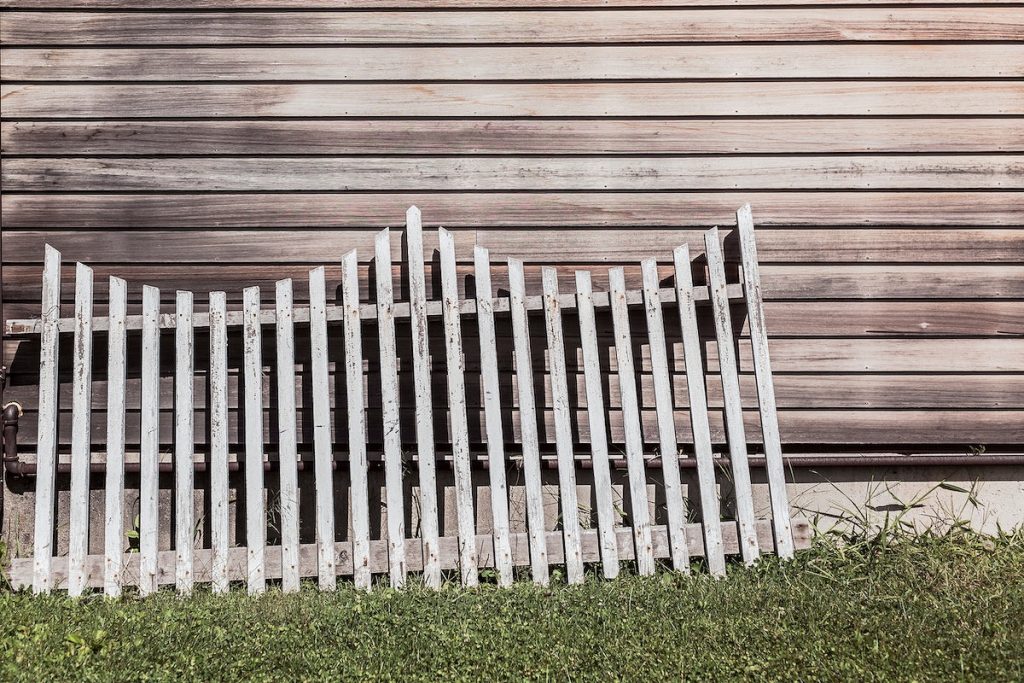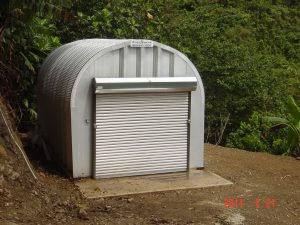Why Do Vinyl Fences Turn Yellow?

Vinyl fences are an incredibly durable and low-maintenance material that can look great on your home. They don’t stain easily, but they do require periodic cleaning to keep them looking their best.
Occasionally, algae and mold growth can tint your white vinyl fence green or yellow. This isn’t a difficult problem to clean up, however.
Contents
Sun Exposure
However, if your vinyl fence is exposed to the sun’s UV rays for an extended period of time, fence installation will start to turn yellow. It’s important to keep your fence clean and protected from the sun as much as possible to ensure that it continues to look good as new.
Vinyl fences are one of the most durable, cost-effective fencing options available. They don’t rust like iron or rot like wood, and they aren’t as easily damaged by weather or insects.
They’re also maintenance-free. That makes them an excellent choice for people with busy lives who don’t want to deal with a lot of upkeep on their fences.
The best vinyl fences are coated with titanium dioxide to resist fading caused by the sun’s UV rays. Bufftech vinyl fencing from CertainTeed, for example, contains titanium dioxide throughout the product in a 10-parts-to-100 ratio. This prevents the vinyl from turning yellow over time, and keeps your fence looking its best for years to come.
Stains
Vinyl fences are low maintenance because they don’t rot or splinter like wood. However, they can still get stained by water and debris from time to time.
Algae, mold, and mildew can also cause stains to appear on your fence. These can stain a white vinyl fence and make it look less appealing.
You can easily remove these stains by hosing the fence and then scrubbing it with dish soap. This should take care of most of the stains, but if there are still some, you can apply a vinyl-safe rust removal product to eliminate them.
The other reason your vinyl fence could turn yellow is because of sun exposure. This is particularly problematic for white fences, but it can happen to any color.
Algae
A common reason why your vinyl fence might turn yellow is from the growth of algae. Algae are eukaryotic (nucleus-bearing) organisms that use photosynthesis to obtain nutrients from sunlight and carbon dioxide.
They have a wide range of nutritional strategies including photoautotrophy, heterotrophy, and mixotrophy. Heterotrophs can acquire their nutrients from dissolved substances (osmotrophy), through engulfing bacteria and other prey (phagotrophy), or from organic materials (auxotrophism).
They are classified into various types based on their color, which is caused by a mixture of chlorophylls, phycobiliproteins, and other pigments that give algae their distinct colors. They also have different morphologies, ranging from filamentous to parenchymatous. They are found in a wide variety of habitats, including water, soil, rocks, and even hot springs. They are a major source of commercial and industrial products. They can also be used to make biofuel, which is becoming increasingly important as global demand for petroleum products and environmental concerns grow.
Age
If your vinyl fence is several years old, it may begin to show signs of age. This could include discoloration, stains, and mold.
The most common cause of discoloration is UV exposure from the sun. The sun’s harsh rays penetrate through the surface of the vinyl to cause a yellowing effect, especially on white fences.
Fortunately, premium vinyl fencing today is engineered with titanium dioxide (TIO2) to help prevent staining and discoloration. This chemical formulation is similar to sunscreen and will reflect the sun’s rays instead of absorb them.
Under normal conditions, your vinyl fence will not turn yellow and it should look great for decades to come. However, if you have a older fence and you notice that it’s beginning to show signs of discoloration or decay, it may be time to replace it.










